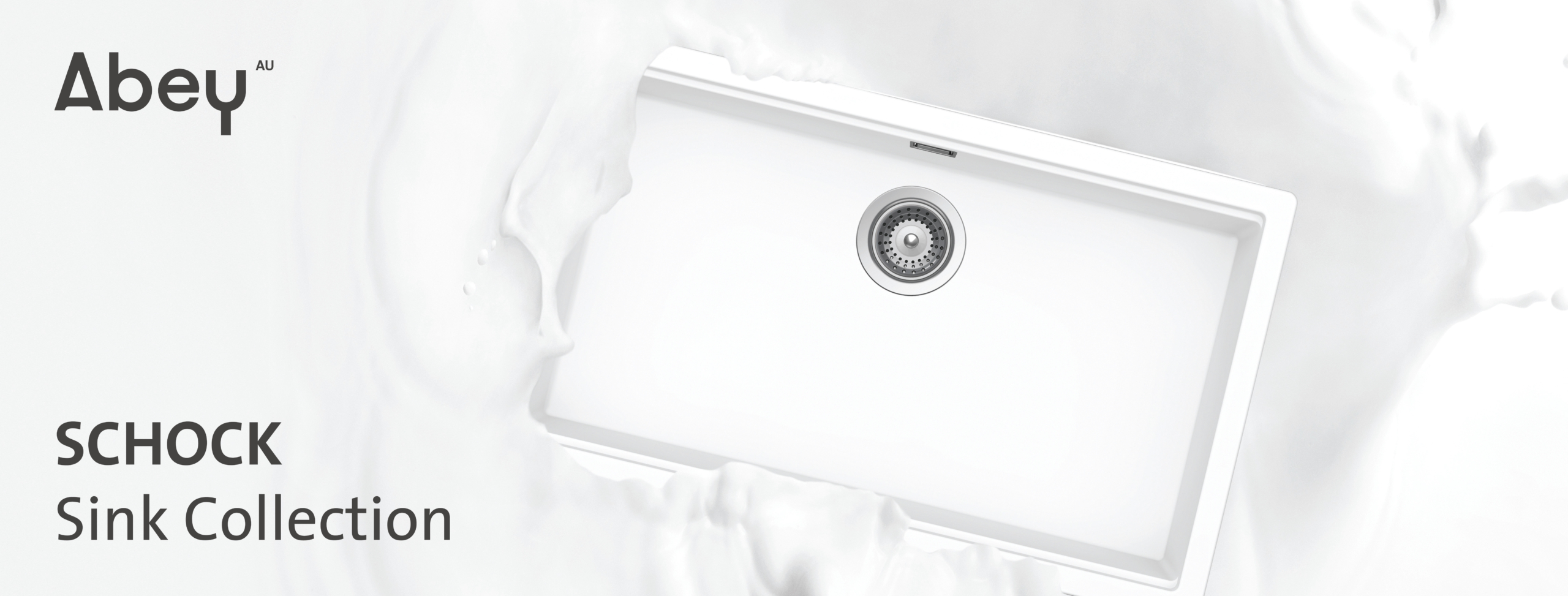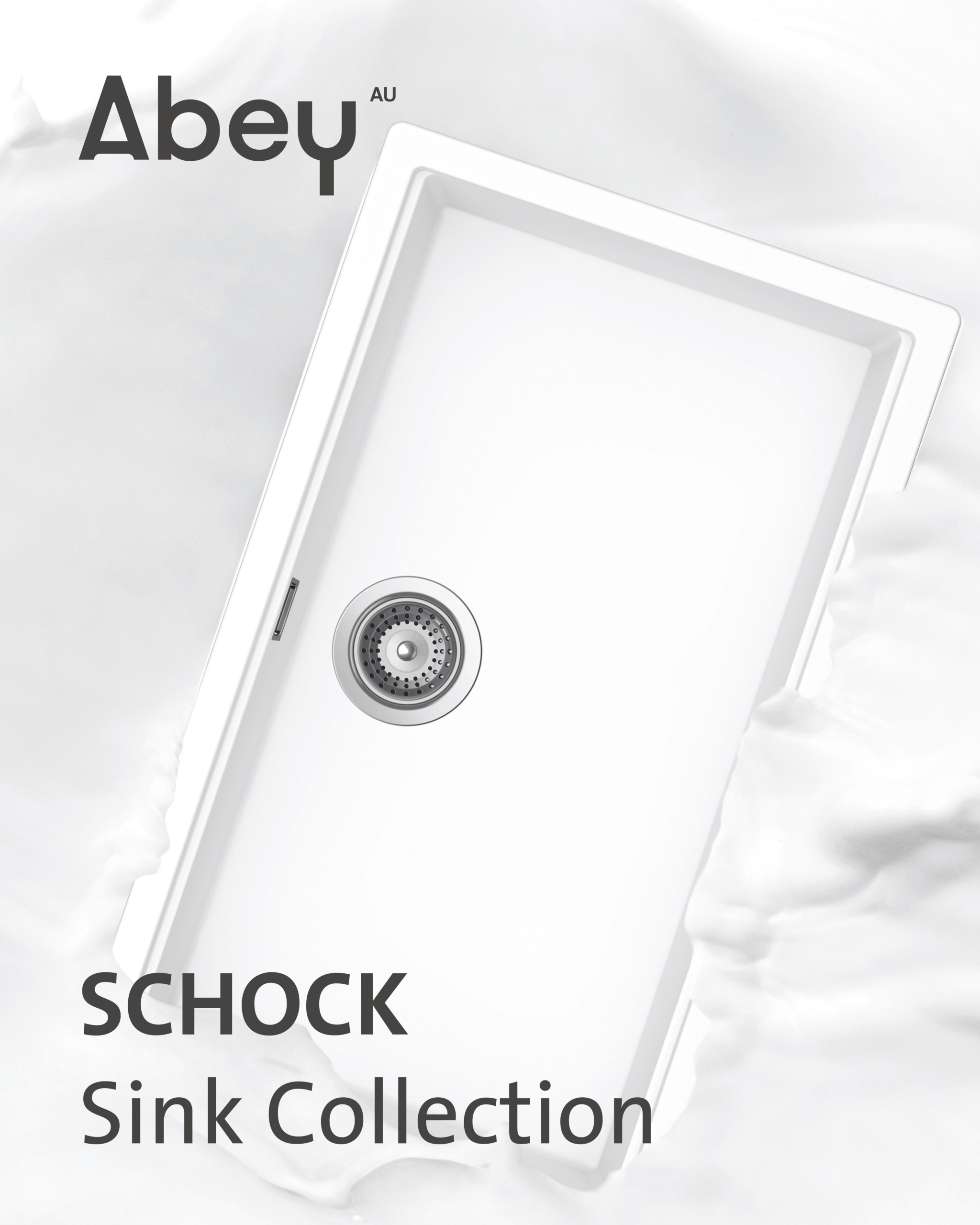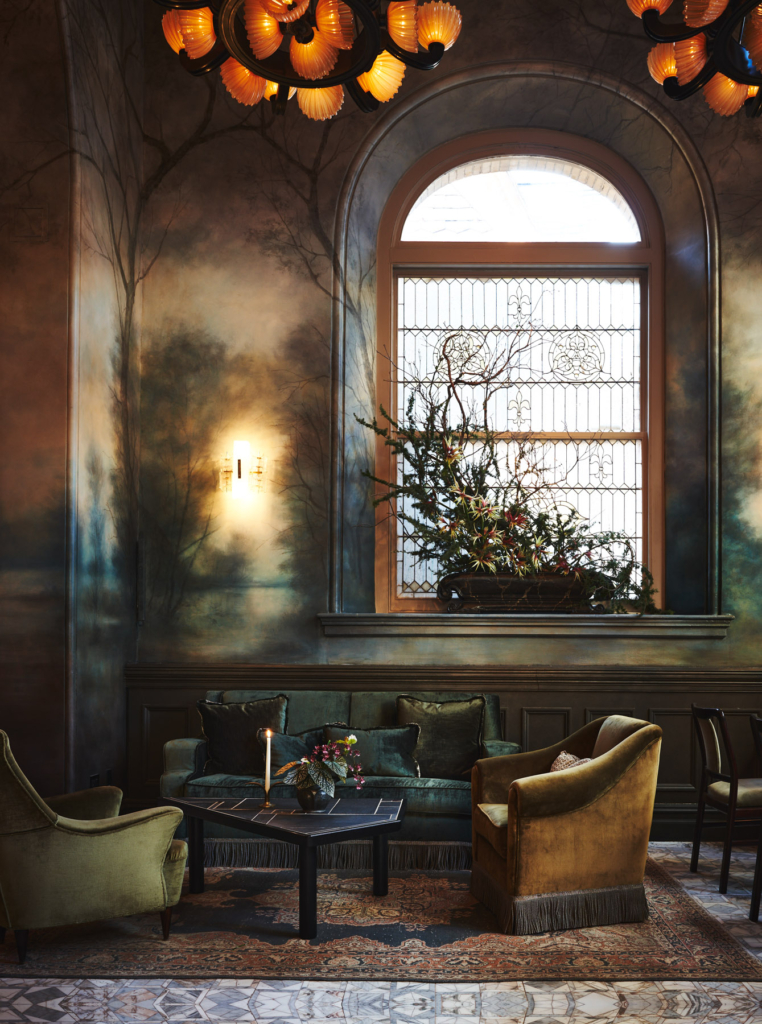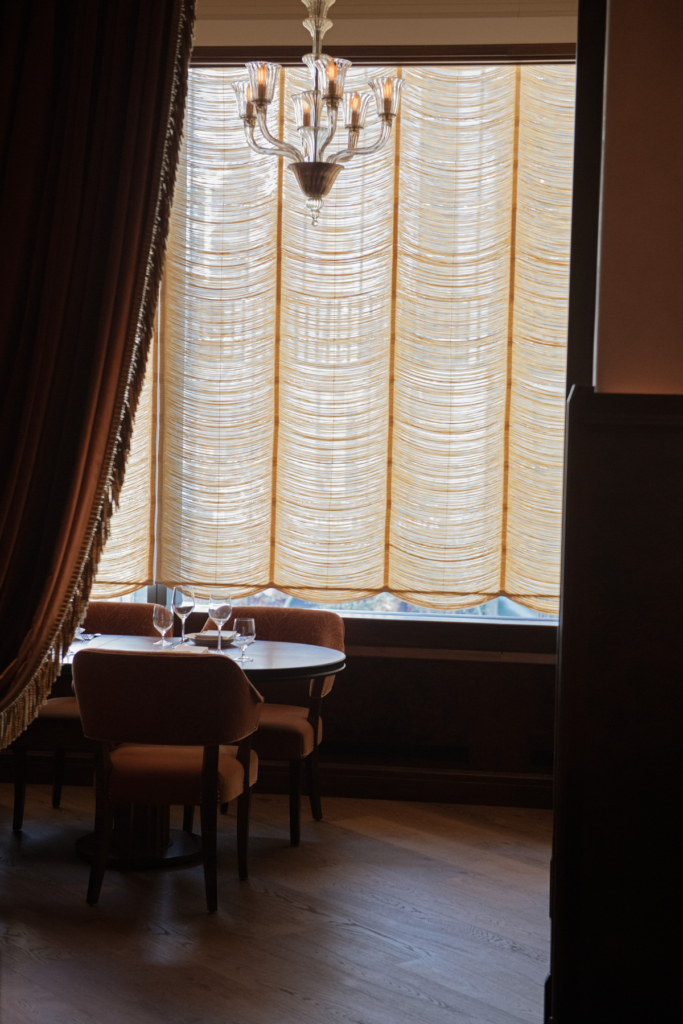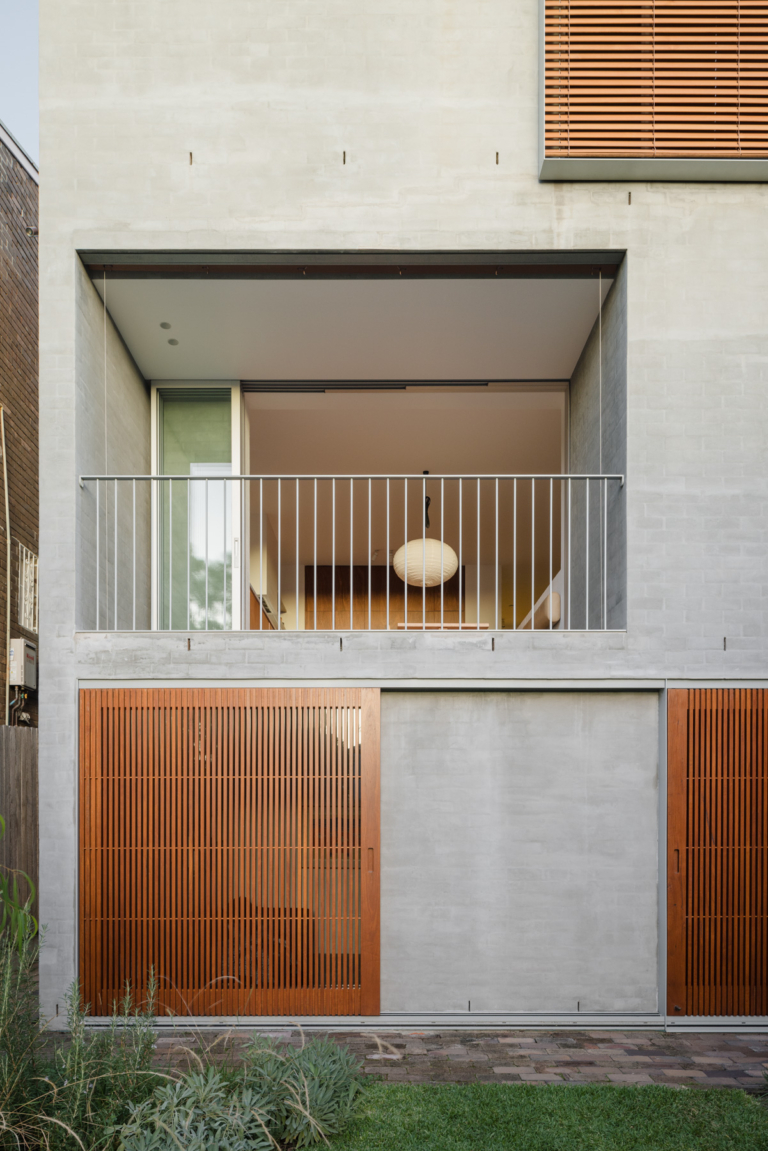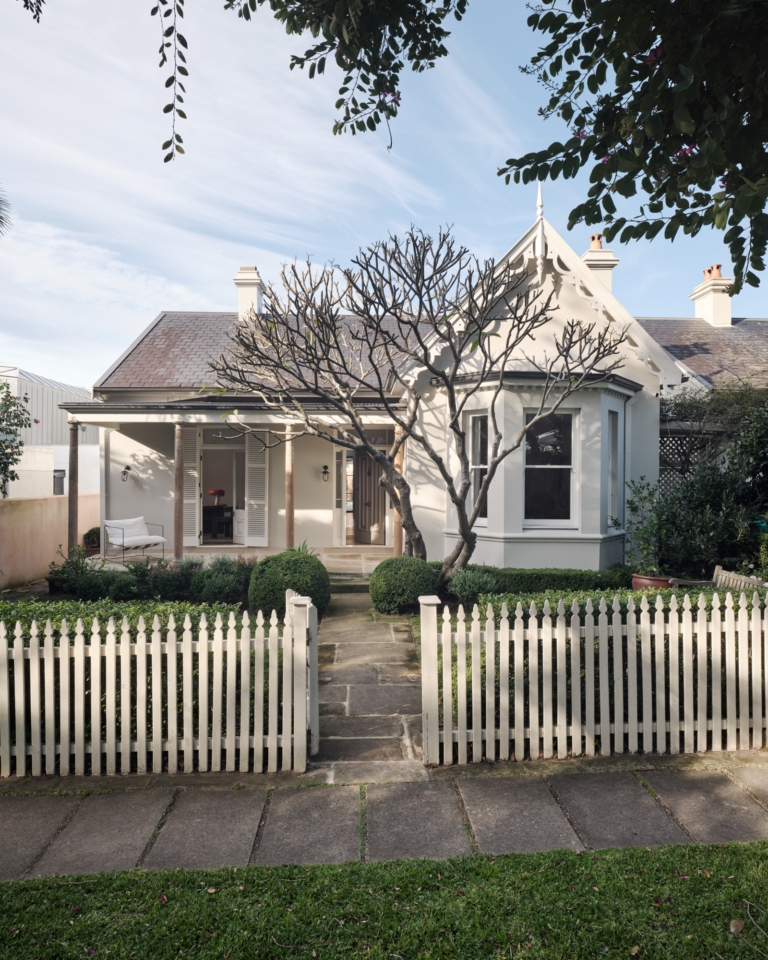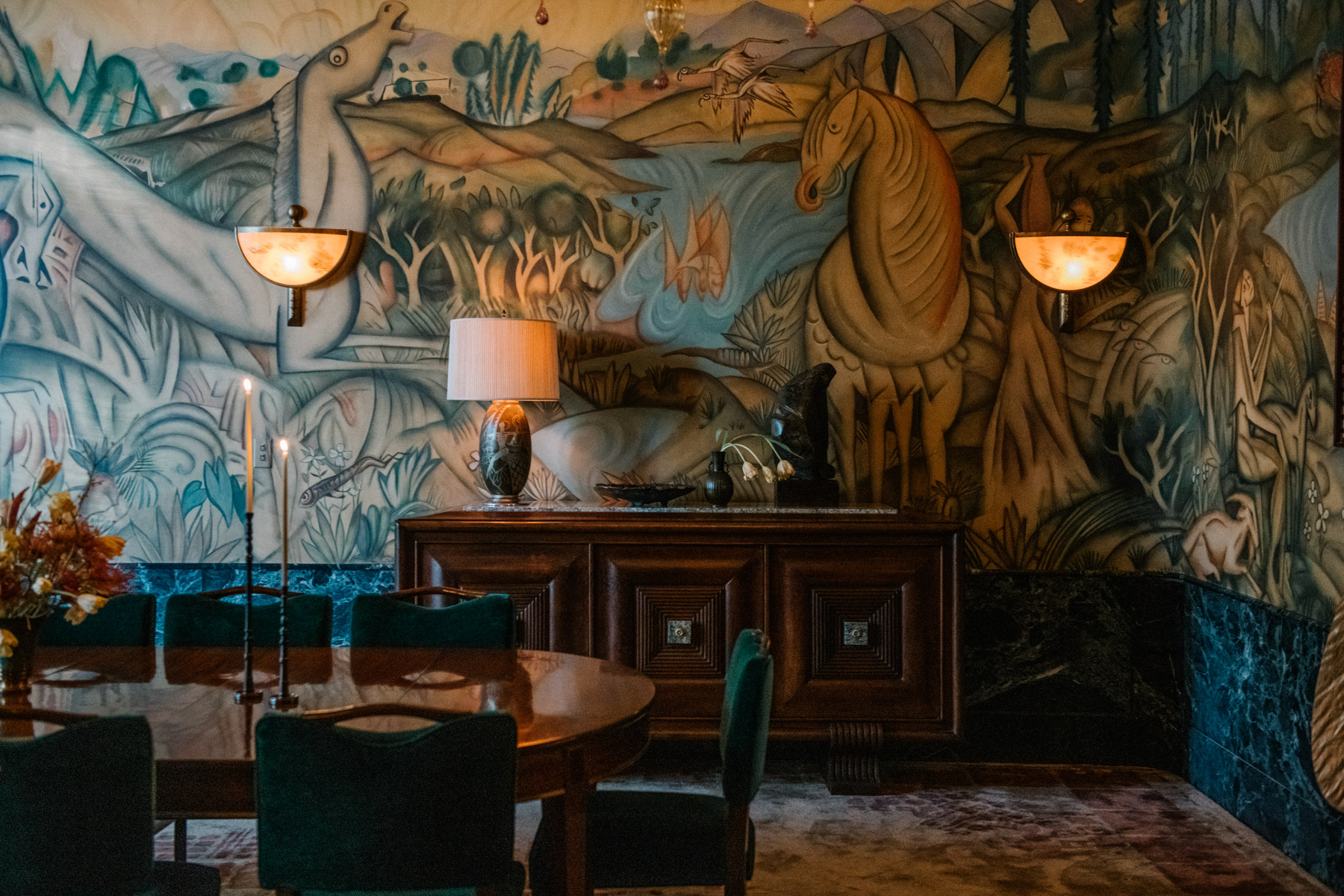
Profile: Roman and Williams
Stephen Alesch and Robin Standefer, the husband- and-wife duo behind the juggernaut New York-based design firm Roman and Williams, have always shared a reverence for history, craft and longevity.
Though these principles have underpinned the firm from its inception, they’ve also been cultivated fastidiously in the 23 years since, resulting in a multifarious body of work unified by an ethos that’s as sharp as ever.
The pair met in Hollywood while designing film sets in the 1990s. Their contrasting upbringings and interests – Alesch, a skilled draftsperson who had enjoyed a free-spirited childhood in California, and Standefer, a born-and-bred New Yorker with a background in fine art – were powerful grounds for connection. After working together on the film The New Age, a visceral bond formed.
“We both grew up on opposite sides of the country and at the time, there were immense differences in the cultures, more so than today, and we discovered that neither of us belonged explicitly to the cliques of the time,” says Alesch. “I liked the Dead Boys and The Met, and she liked Los Angeles skate punk and the beach, and we somehow found a connection between The World of Interiors magazines and punk fanzines like Thrasher.”
“We discovered that neither of us belonged explicitly to the cliques of the time.”
The couple’s decade in the film industry was a formative time, even though it would be years before they would officially establish Roman and Williams, named after their maternal grandfathers. “It was an interesting and fertile ground for us to be experimental and artistic,” says Standefer. “You’re making spaces at a very rapid pace, and it allows you to dive into different periods, approaches and contexts. There’s an incredible freedom to that because you’re not really looking at a specific narrative for your practice.”
Standefer and Alesch brought their creative ingenuity to the sets of Zoolander, Practical Magic and Duplex, which in turn gleaned a healthy pipeline of residential work, predominantly for the actors, directors, writers and producers they collaborated with; homes for Ben Stiller and Kate Hudson are among their most significant and are considered pivotal to the practice. However, New York beckoned, and the potential to evolve their work beyond Los Angeles proved too great a force to ignore.
“We wanted to be in the city – to walk, to hail a cab,” says Alesch. “We also wanted to get away from helping entertainment folks with their dreamy residential projects – to do more intense, personal and original work, and not be edited by someone who was looking at tear sheets all day. New York seemed like a better place to do that.”
It was a slow start, but they were soon tapped to design two major hospitality projects of the early aughts, The Standard High Line Hotel and The Ace Hotel. Given their vastly different interiors, the projects would come to define Roman and Williams’s fundamental philosophy of ‘ethos of style’. “We wanted to communicate those contrasts in the practice, so they were highly confusing but extremely successful, and that’s when things really exploded because people were like, ‘Wow, [the projects] are different but there’s a connection’, and that connection was about story, ideas and narrative over style,” says Standefer.
“Our work is much more crafted, material based and detailed. There’s a warmth and richness to it.”
This notion that projects could be bound by a design philosophy as opposed to a stylistic or aesthetic ideal greatly motivated the couple. The studio has been fearless about this, particularly in its early days, mixing styles and eras at a time when minimalist white spaces with beige accents reigned supreme. Alesch says the design world was “stuck in a muck of pretentious pseudo-Zen”. Standefer agrees, saying “there was a big period where these vanilla boxes didn’t have anything to fall in love with or to collect or keep, and that’s just not something we subscribe to. Our work is much more crafted, material based and detailed. There’s a warmth and richness to it.”
For the past two decades, Roman and Williams has played to this tune, creating emotive projects around the world. Elements like high-gloss black paint, Italian mosaics, repurposed stained-glass windows, wallpaper, textiles and masonry form the layers that define their work. The effect is romantic and moody but never overdone, proving that resolved, contemporary spaces can also be characterful and atmospheric.
Elements like high-gloss black paint, Italian mosaics, repurposed stained-glass windows, wallpaper, textiles and masonry form the layers that define their work.
There has been continuous residential work, including Gwyneth Paltrow’s Montecito home, while public work like The British Galleries at The Metropolitan Museum of Art – a highly coveted commission – and four ground-up projects show a diversity in the firm’s output, further strengthening Alesch and Standefer’s multiplicity.
Currently, Roman and Williams is working on a compound in Montauk for art world heavyweight David Zwirner and The Hearst Hotel for Auberge Resorts in San Francisco’s iconic Hearst Building, slated to open this year. No matter the project’s size or typology, Alesch hand-drafts all the initial project drawings, skilfully producing floor plans, working drawings and details by hand. As Standefer attests, this brings an unmatched intuitiveness to the final form. “There are very few people still hand drawing. There’s a purity to that process and part of it is Stephen’s skill set. How the vision comes from the brain to the hand; it’s very different than when there’s technology in between, and I recognise that more and more every year.”
Another measure of their varied output: original furniture, lighting and accessories for the home. Textbook Roman and Williams, the carefully crafted pieces place an emphasis on traditional techniques and uncompromising quality. Aside from being a natural next step, evolving the practice from building and interiors to product design supported the couple’s continuous line of enquiry into the German notion of Gesamtkunstwerk, meaning ‘total work of art’. “I think for us – and this goes back to the romantic connection with Stephen and I – Roman and Williams is about how you live, what you make, what you celebrate,” says Standefer. “It’s about everything. It has an artery through all that you do.”
The collections are available at The Guild, the firm’s hybrid retail and hospitality venue on Canal Street in Soho. Founded in 2017 to showcase their designs alongside the work of makers and artisans from around the globe, the space is described by Standefer as a “cabinet of curiosities”. Ceramics, linens glassware and silverware – all of which are used by design-savvy diners in the adjoining French restaurant, La Mercerie – sit alongside furniture, literature and artworks.
Asked about the impetus to create The Guild, Standefer says: “We felt we needed to expand to be a culturally led hospitality brand and not just a design practice – it was too limiting for us. You’re smelling chicken, you’re looking at Japanese glass, you’re sitting in a giant, beautiful blue velvet sofa – there’s just a lot of density there. And I love that because that’s kind of our brains.” The 2021 addition of Guild Gallery, located a few doors down, is equally redolent of Standefer and Alesch’s eager and enterprising mindset, as is their swanky new studio space, also on Canal Street. It’s Gesamtkunstwerk defined.
Despite leading a team of around 150 people across their Canal Street empire, Standefer and Alesch still get their hands dirty, so to speak. “We really like to do,” says Standefer. “Between Stephen and I, we can do almost everything that everybody in the company can do, and that’s really important to us. He makes the prototypes and does tastings at the restaurant, and I’ll still go and style every room and I can do the flowers.” She admits they have gruelling standards that they hold themselves and their team to, but says, “time, investment and focus create an elevated level of skill, which begets high craft, and that’s meaningful in everything.”










